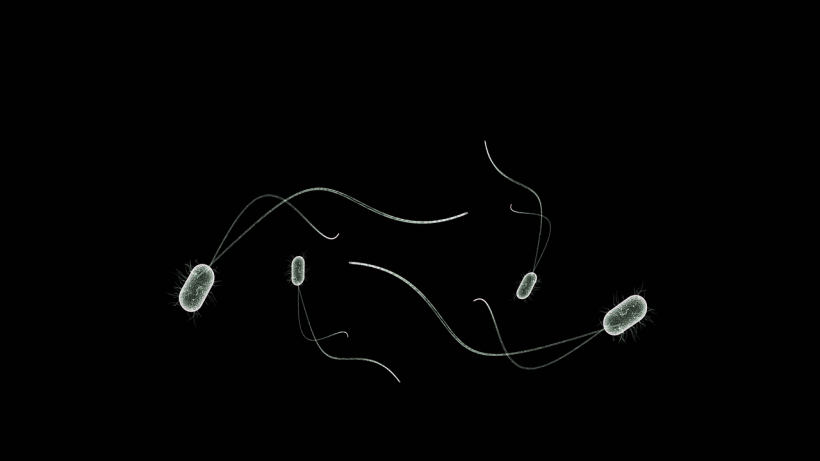In a breakthrough discovery, scientists have uncovered steroid compounds in 1.6 billion-year-old rocks, offering crucial insights into the evolution of single-celled life. These steroids, produced by eukaryotic organisms characterized by membrane-bound cells with nuclei and organelles, have long puzzled researchers due to their absence in the fossil record until around 800 million years ago.
By shifting their focus from mature steroid compounds to earlier metabolic precursors, the team revealed the missing link. The study, titled "Lost World of Complex Life and the Late Rise of the Eukaryotic Crown" published in Nature, sheds light on the enigma and provides a new perspective on the ancient origins of complex cellular life.

1.6 Billion-Year-Old Rock Reveals Primordial Steroids That Shed Light on Enigmatic Evolution of Single-Celled Organisms
Discovery of Primordial Steroids Changes Timeline of Eukaryotes' Abundance
Fossils of a cellular component found in rocks dating back 1.6 billion years provide insight into a "lost world" of microscopic organisms that preceded fungi, algae, plants, and animals, Reuters reported. These fossils, belonging to a rudimentary form of a fat molecule called a steroid, come from a crucial period in the Proterozoic Eon, characterized by a limited fossil record of ancient marine microorganisms.
Eukaryotes, which include complex organisms with a nucleus and mitochondria, emerged during this time, challenging bacterial dominance. The newly discovered fossils are molecular remnants, leaving many questions unanswered regarding their characteristics and whether they were unicellular or multicellular.
The researchers suggest that these primitive eukaryotes were not passive but may have been fierce predators, preying on smaller bacteria or other eukaryotes. While there are some body fossils of ancient eukaryotes, their scarcity relative to bacterial remains had previously diminished their importance.
However, the study revealed that the molecular fossils indicating the presence of these early eukaryotes were widespread in rocks dating from 1.6 billion to 800 million years ago.
These organisms have since become entirely extinct, paving the way for the rise of modern eukaryotic forms around 800 million years ago. The findings challenge previous assumptions about the composition of ancient oceans and the distribution of eukaryotes. The oldest rocks containing these fossils were found in northern Australia.
Scientists were puzzled by the absence of molecular fossils representing primitive eukaryotes during this period. The reason for this absence was the expectation of finding more advanced steroids than those possessed by these ancient organisms. The discovery of these rudimentary steroid fossils provides valuable insights into the evolutionary history of complex life forms on Earth.
READ ALSO: Mitochondrial Division in the Cell Is Common in Primitive and Advanced Species on Earth
Significant for Filling Missing Data
Laura Katz, a biologist specializing in eukaryote evolution, the recent study represents a significant advancement in our understanding of early eukaryotes by filling in important gaps in the available data. Katz stated that the research helps shed light on the characteristics and appearance of these early organisms.
Andrew Roger, a molecular biologist at Dalhousie University, told Live Science that these organisms evolved in a drastically different environment compared to the present. Earth's atmosphere lacked substantial levels of oxygen until approximately 2.4 billion years ago and didn't reach modern oxygen levels until 650 million years ago.
Roger suggested that the timing of eukaryote evolution may have been influenced by the availability of oxygen, as most eukaryotes rely on it for their metabolic processes. Katz further speculated that newly evolved steroids might have facilitated the movement of these early eukaryotes into oxygen-rich environments. This emphasizes the potential role of oxygen levels in the atmosphere during the evolution of eukaryotes.
RELATED ARTICLE: From Single Cells to Us-The Tale Of Evolution As It's Told At Deep-Sea Vents
Check out more news and information on Biology in Science Times.














